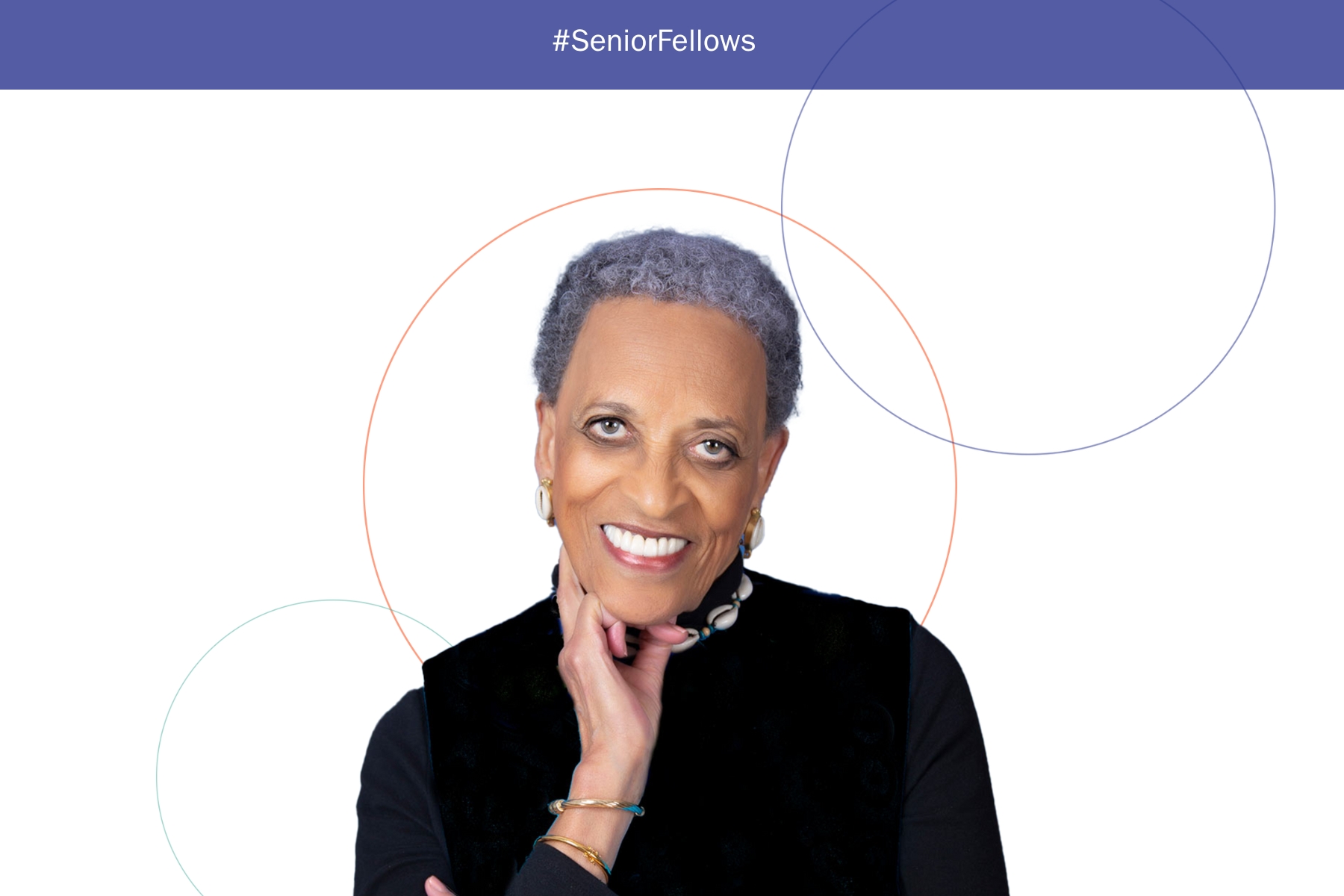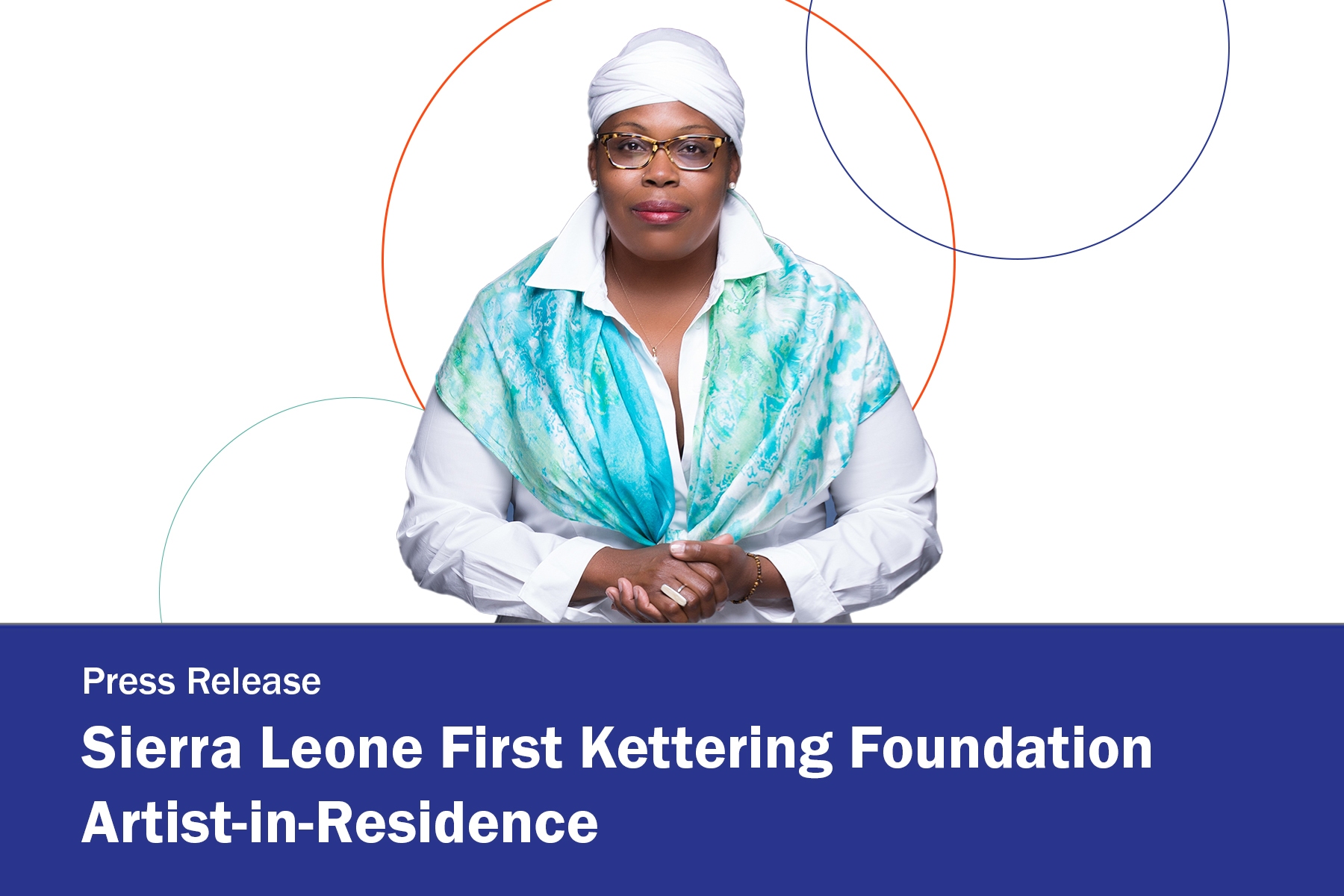Visual Voices: Why Democracy Needs the Arts

On the Sunday after Thanksgiving in 1964, three men drove from Cincinnati to Dayton. It was snowing, and the roads were slippery. Perhaps they were listening to the radio along the way. The top song on Billboard was “Leader of the Pack” by the Shangri-Las; in second place, “Baby Love” by the Supremes. They were on their way to the University of Dayton Fieldhouse, where more than 6,200 people were waiting. They were late.
Lavaughn Venchael Booth Sr. was driving. His passengers were Dr. Martin Luther King Jr. and Andrew J. Young. Young had helped plan the 1963 March on Washington and assisted with drafting the recently passed Civil Rights Act of 1964. Booth was pastor of the Zion Baptist Church in Cincinnati and played a major role in founding the Progressive National Baptist Convention, the second largest Black Baptist group in the United States and a spiritual home for Dr. King’s work. As president of the Southern Christian Leadership Conference, Dr. King’s mission was to leverage “the moral authority and organizational strength of Black churches to challenge segregationist policies and promote social justice.” His strategy was based on nonviolent resistance, something we need to keep in mind today. Most people have forgotten (if they ever knew) about Dr. King’s visit on November 29, 1964. In just a few weeks, he would travel to Norway to accept the Nobel Peace Prize.
At the Kettering Foundation, we believe in the importance of history, even though there are histories some would like to forget. As part of our year-long remembrance of significant civil rights anniversaries, we have thought about Dr. King’s Dayton address, the Civil Rights Act of 1964, and the 1954 Brown v. Board of Education Supreme Court decision. We kept asking: How far have we come? Where do we still need to go? What do we still need to do? Through our engagement with artistic interpretations of these landmark events, we once again recognize, as Dr. King did, “We’ve come a long, long way, but we still have a long, long way to go.”
Our most recent program, Visual Voices, is an art exhibition that continues through February 2, 2025, at the EbonNia Gallery and Black Palette Art Gallery in Dayton, Ohio. The foundation worked closely with Willis “Bing” Davis, an artist, educator, and activist, to curate work by 13 African American artists inspired by Dr. King’s Dayton address. Bing describes these artists as “griots, visual storytellers who have the creative ability and artistic skills to help the viewer see, feel, and think beyond the surface of things. That is what good storytellers do; that is what good artists do.”
Each of the 29 works awakens in a thoughtful viewer the recognition that the struggle for fairness and equity continues, as does the persistence of racism in our country. As Kettering Foundation President and CEO Sharon L. Davies noted, “In an age where honest recounting of our nation’s history of racism has come under attack, the artists in this exhibition refuse to be silenced about that history; they draw plain lines between past and present, demanding that we do and be better.”
Sixty years ago, Dr. King asked: Has there been any real progress with race relations? His conclusion, repeated 19 times in his speech: “We’ve come a long, long way, but we have a long, long way to go.” He describes the effects of segregation as “not merely what it does to one physically, but what it does to the soul, what it does to one psychologically. It ends up giving the segregator a false sense of superiority while leaving the segregated with a false sense of inferiority. This is the tragedy of it. It scars the soul.”
Democracy is not only the work of elected officials but also the work of the people. It is soul work. Democracy requires more than the intellect; it calls on us to engage with our whole selves—mind, body, emotions, and spirit—to make real all that democracy promises. This is why democracy needs the arts.
The artworks pictured can be viewed at the Visual Voices exhibition (from left to right):
- Cole, Breanna. We Have a Long, Long Way to Go. Mixed media, 24” x 36” x 2”
- Harris, Kevin. Trayvon/Martin. Digital image, 20” x 30”
- Brame, Karen. ASKIA: Power First but I’m Gonna Lead with My Best Foot Forward. Mixed media, 16” x 12” x 8½”
- Daniel, Dwayne. Lessons from the Past. Digital image, 30” x 40”







